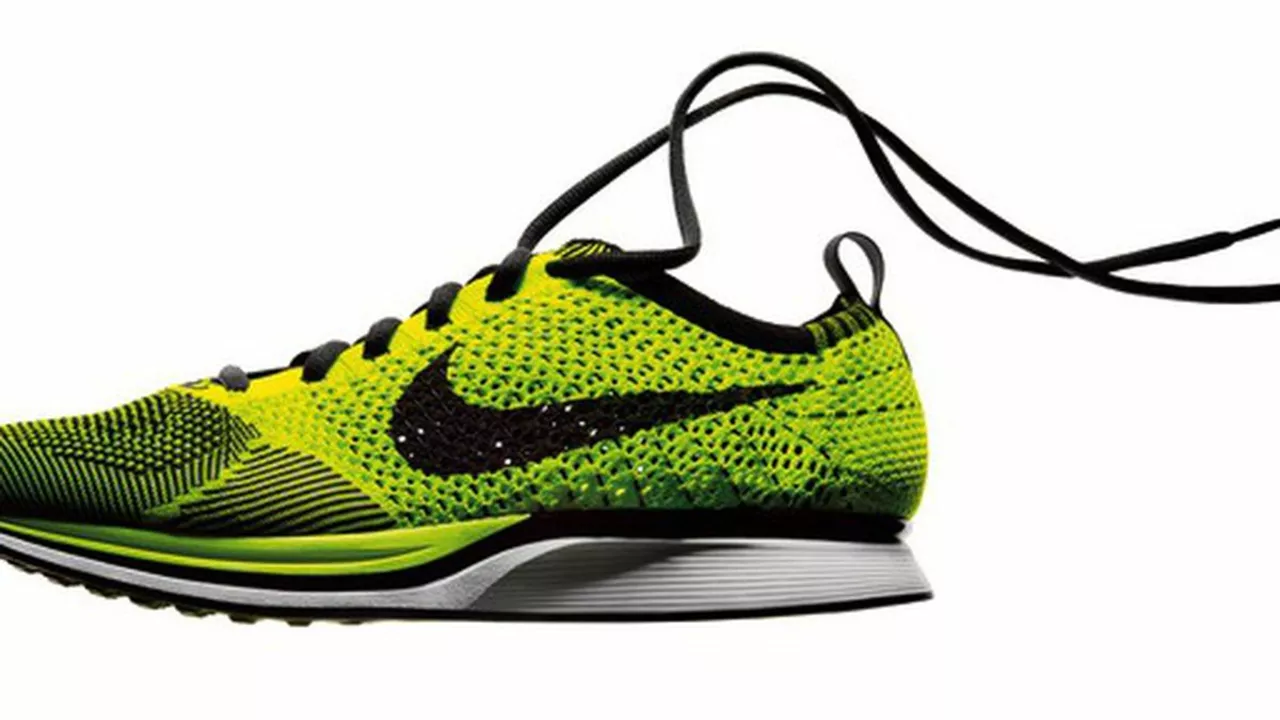Racing Shoes: Your Quick Guide to Grip and Comfort
When you step onto the track, the right shoes can be the difference between a clean lap and a wobble. Racing shoes are built to give you better pedal feel, more grip, and the protection you need at high speeds. In this guide we’ll show you what to look for, how to fit them, and how to keep them in top shape.
How to Choose the Right Racing Shoes
First off, think about the type of racing you do. A car driver needs a thin sole that lets the foot sense the brake and accelerator. A motorcyclist prefers a shoe with ankle support and reinforced toe caps. Pick a style that matches your discipline.
Fit matters a lot. You want the shoe snug but not tight. Slip your foot in and wiggle your toes – if they can move a little, you’re good. Too much room means your foot can slide, losing precision.
Material is another key factor. Many racing shoes use leather or synthetic uppers for a balance of breathability and durability. Look for a sole made of rubber with a tread pattern designed for slick surfaces. Some brands add carbon fiber plates for extra rigidity, which helps transfer power straight to the pedal.
Safety features shouldn’t be an afterthought. Look for reinforced stitching around the toe and heel, and a hard toe box if you’ll be near debris. Some shoes also have built-in ankle straps that keep the foot from lifting off the pedal during hard braking.
Caring for Your Racing Shoes
After a race, clean the shoes before they dry. A damp cloth removes mud or oil, and a soft brush gets rid of stubborn grime. Avoid soaking the shoes – too much water can break down the glue that holds the sole.
Let them air dry at room temperature. Don’t toss them in a dryer or near a heater; heat can warp the sole and shrink the upper.
Store the shoes on a rack or in a shoe bag, not stacked under heavy items. This keeps the shape intact and prevents the sole from flattening.
If the sole starts to wear out, replace it rather than buying a whole new pair. Many brands sell replacement soles that snap on, saving you money and keeping performance consistent.
Finally, check the shoes before every session. Look for cracks in the sole, loose stitching, or worn-out ankle straps. Catching a problem early means you stay safe and keep your lap times fast.
With the right pair and proper care, your racing shoes will feel like an extension of your own body, giving you confidence every time you hit the track.

12
Jul
After exploring the topic, I've found that racing shoes do indeed make a difference. They're designed with features like lightweight materials and minimal cushioning to enhance speed and efficiency during races. The specific shape of racing shoes can also improve your running form, leading to better performance. However, they're not for everyone; runners should consider factors like personal comfort and injury history. In essence, while they won't transform a casual jogger into an Olympian, racing shoes can provide a competitive edge for serious runners.
Read More
